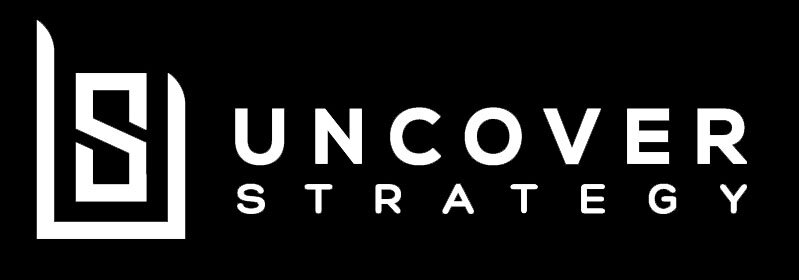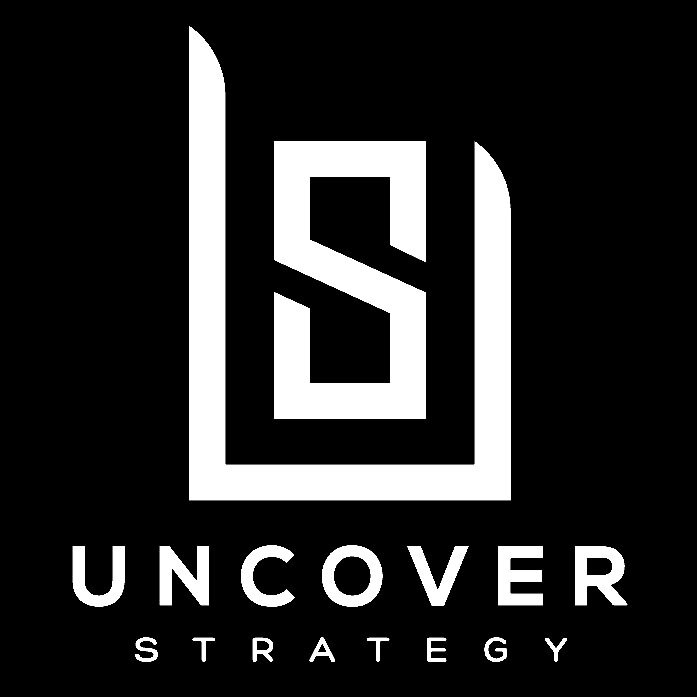Don't Buy Into These "Trends" About Competitive Advantage
Yes?
“Figuring out what the next big trend is tells us what we should focus on.”
Trends are fascinating.
Source: toyworld.com.au, 2022
A fashion item, fancy new toy, or internet dance phenomenon might pop out of nowhere. And because it is everywhere, you sometimes get interested yourself, thus, accelerating the trend. You feel your FOMO ("fear of missing out") kick in, and your bank account takes a hit. Take Beyblades for example. Are you a Millennials or Generation Z? You surely have seen the spinning, often metal Beyblades toys trend sweep across kindergarten/elementary schools.
In this post, I want to explore what a trend is and where it fits into your planning (or shouldn't). Because sometimes, buying into a new trend might set you up worse (be honest: you don't play with your Beyblades anymore, are you)?
What is a "trend" in business?
When discussing trends, products on their own are not always a trend. A trend is anything with a widespread tendency. Trends can be anything - from a consumer service offering such as changing tires on your old rusty car to a slow change in behavior on the side of your suppliers that you develop because the market has shifted towards a sellers-market.
"In the world of business, a trend is a pattern of gradual change in a process, output, or condition. It is an average or general tendency." says MarketBusinessTrends.com.
Your Competitive Advantage And Trends
If you are claiming to be familiar with your competitive advantage, you should know why your customers are buying your product rather than others.
Are you manufacturing tires? Your customer might currently choose them over others because they are more sturdy and long-lasting than the competition. As a result, you are making money and a good profit margin. But that is today.
Now you say: "Hey, why don't I look into the future a bit? What do my customers want? I could pull some information from a report!" Good idea! So you start doing that, you might discover that a trend is not only the evergreen factors of price and quality. Efficiency and sustainability are slowly becoming important, helping car manufacturers meet standards in the future.
From this perspective, it makes sense to have this on the radar to craft your future competitive advantage.
But should it always be?
In which planning stage should you look out for trends?
An older article from a 1980 Harvard Business Review claims several stages of strategic management that strengthen competitive advantage (see below).
The four stages simplified (derived from a 1980 Harvard Business Review article).
With each phase of the model, strategic decisions become more sophisticated and more relevant for the long-term goals of an entity. Trends are to be located in phase 2. But why?
"It forces management to confront the long-term implications of decisions and to give thought to the potential business impact of discernible current trends, well before the effects are visible in current income statements. " and "Phase II systems also do a good job of analyzing long-term trends and setting objectives (for example, productivity improvement or better capital utilization)." as the article states.
So, of course, trends should be therefore considered in your planning exercises. I mean, its somewhat obvious: You can't neglect a trend (which essentially is what your customer wants) in any planning efforts. But that means considering it and not necessarily implementing it.
The danger of following trends.
"In sum, Phase II planning all too easily becomes a mechanical routine, as managers simply copy last year’s plan, make some performance shortfall adjustments, and extend trend lines another 12 months into the future." is what the same article later describes.
And that is not enough. Following trends comes with dangers. I want to highlight two:
#1: It might not fit your strategy.
If you are running a cost-leadership strategy in the tire industry, you might not be best served to decide on being the first in line to explore new ways tires could be less fuel-consuming. Instead, you could focus on the pricing aspect, take (or license) R&D from others, and tweak it your way. Seeing what happens allows you to catch onto what works and doesn't. Essentially, a fast follower.
#2: Current or next trend?
Second, and this is the more important one: What is the next big thing? Mark Zuckerberg didn't say what the CURRENT trend is (or a slight hint of that trend) but what the NEXT big trend is. That is a big difference.
You need to make money and have to take trends into account. If you get tangled up in all that data, making predictions and asking what customers want - you get to hear what customers want: Faster, better, cheaper (I will not cite the quote of Henry Ford here).
A new trendy single? You be the judge.
A musician rapping us content from his exclusive CD (who has those still?) in the streets of Amsterdam (IFO SK8MONEY).
So what is the next big thing? How can you find and create the future (Phase IV)? This is extremely hard to do. For Mark, it is the Metaverse. For a tire manufacturer, it might be totally different.
What will it be for you?
Wrap up
Summing up, trends need to be respected. One's need to integrate them into your planning and decide how (or not) you act on them is essential. But it can only be part of your overall "plan". So make sure to look over the horizon.
Fashion trends never stay forever.





